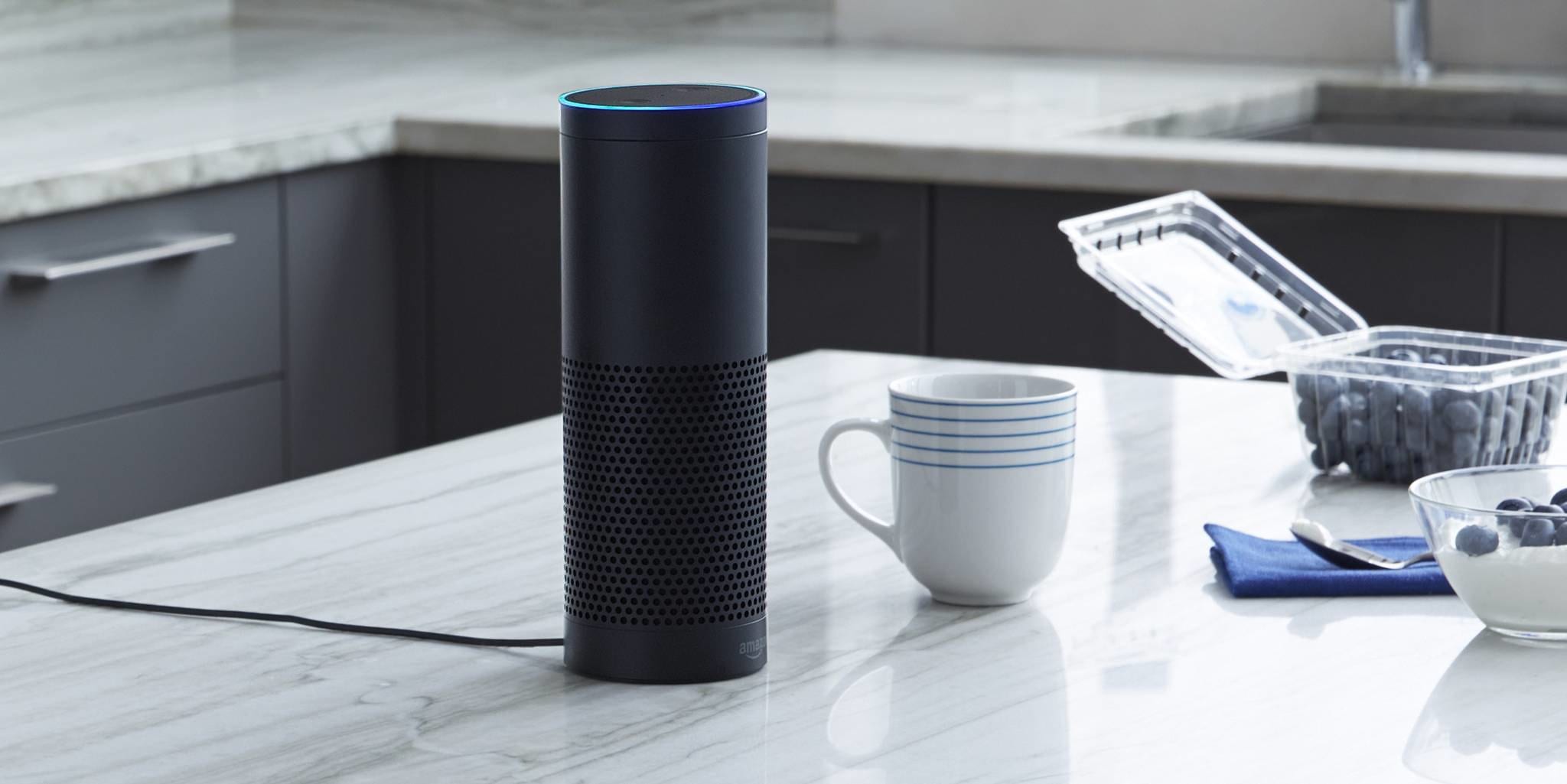Many of us have programmed our smart gadgets to alert us to all kinds of events–voicemails, texts, new podcasts, new content, or just about any change in the status of anything.
Which is great for staying connected and updated throughout the day, but what about night when we need our brains to get quiet and rest?
Here are a few tips to get your phone to stop buzzing, blooping and beeping at you when all you want to do is sleep.

Photo Credit: Flickr
Shut down the smartphone
A Do Not Disturb mode is available on both iOS and Android. This is a great start in stopping any unwanted notifications. On iOS, Do Not Disturb is accessed through Settings. From there, you select Scheduled to choose a range of time to silence notifications. You can also choose to let calls in from certain numbers.
Android users access the mode through Settings, then Sound. You are also able to schedule the mode, and on Android, you can even pick different hours for different days. You are also able to let in certain tasks and apps. For example, you can choose to allow texts, but no phone calls.
Another cool quiet mode on iOS is called Downtime, selected through Settings, then Screen Time. You can then choose what apps can work and what notifications can come through at certain hours.
On Android, select Digital Wellbeing & parental controls from Settings, then Wind Down. This will turn your screen gray and apply default Do Not Disturb settings.

Photo Credit: Flickr
Quiet the smart speaker
Smart speakers don’t tend to wake you up with notifications, but they can disturb other family members when responding to your voice commands. You can adjust the volumes on these units to make them quieter.
For Google units, open the Google Home app and select the speaker. Tap the cog icon in the top-right corner and select Night mode, then Enable night mode. The audio volume and the screen brightness, if you have a screen, will lower for your specified hours. You can also activate Do Not Disturb to silence notifications while keeping your alarm on.
Echo speakers uses your phone’s Alexa app. Go to Devices, then Echo & Alexa, then select your speaker. You can then activate Do Not Disturb either manually or with presets. There is also a Whisper Mode you can turn on by saying, “Alexa, turn on whisper mode.” That will lower the volume of audio responses. This can also be accessed through Settings, Account Settings, and Alexa Voice Responses in the Alexa app.
Apple HomePod doesn’t have a Do Not Disturb, but you can use Siri or the control on the speaker to lower the volume.

Photo Credit: Pxhere
Make your laptop or desktop silent
Open Settings by clicking on the cog icon on the Start menu. Choose Focus Assist, and then Alarms only to access your Do Not Disturb mode. For specific app control, go to System then Notifications & access from Settings. To make all of your apps silent, pick System, then Sound.
For macOS, click the Notification Center icon on the far right of the menu bar. You can then toggle on Do Not Disturb. You can even schedule Do Not Disturb mode by opening the Apple menu, choosing System Preferences. Through Notifications, select your times. This is also how you silence specific apps. And, like Windows, you can mute the whole thing by clicking the audio icon on the menu.
Now, shut those devices up and get that good night’s sleep you’ve been dreaming about.






